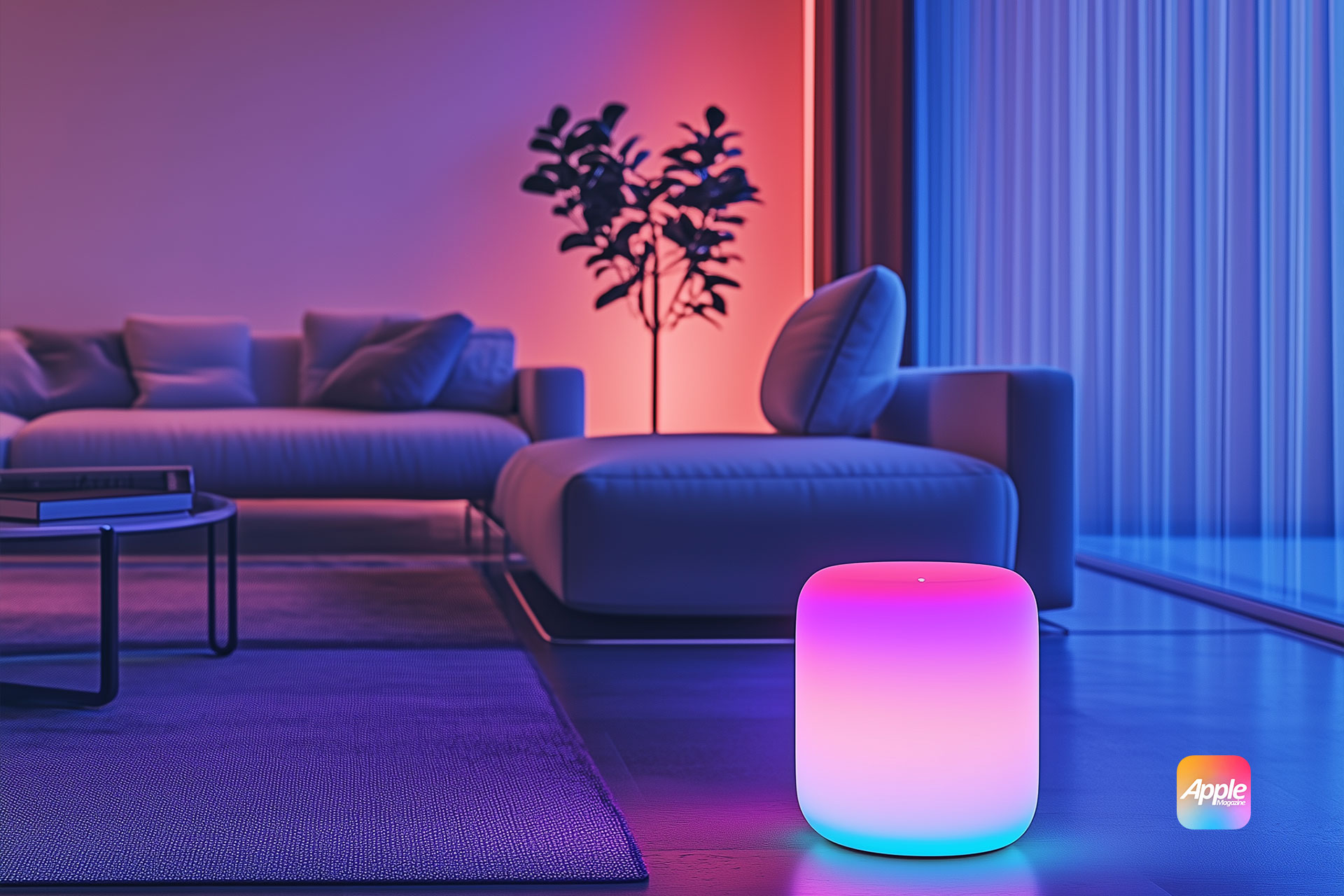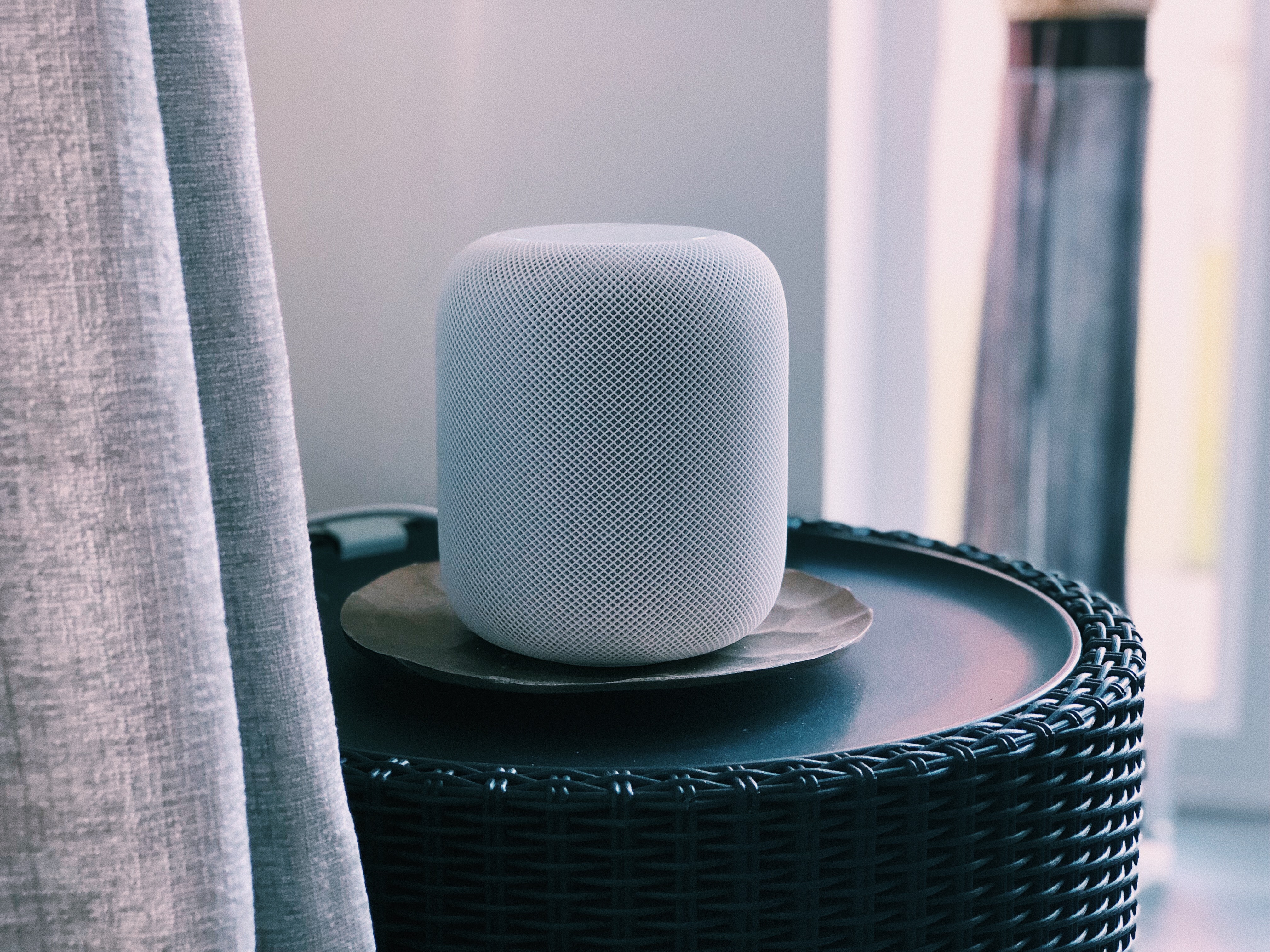While Apple devices like the Apple TV and HomePod already serve as home hubs, the upcoming product, dubbed the “Command Center,” is intended to simplify and centralize smart home control. This guide explores everything known about the Command Center so far, highlighting its features, design, and potential role in the evolving smart home market.
A Closer Look at the Design
The Command Center is expected to blend Apple’s signature sleek design with functionality aimed at everyday convenience. Its compact form factor will set it apart from similar devices. Measuring six inches with a square, all-display design, the device will feature thick bezels that add a touch of durability while maintaining a minimalistic aesthetic. In terms of proportions, it will be roughly the size of two iPhones placed side by side.
Apple has prioritized portability for this device. Its lightweight build will allow users to move it from room to room effortlessly, making it a dynamic addition to any household. Additionally, it will offer versatile mounting options. Users can mount it on a wall or place it on a desk using a specially designed dock. The dock may also include integrated speakers, offering enhanced audio capabilities.
For those who appreciate nostalgic design elements, the Command Center’s rumored hemispherical base pays homage to the iMac G4. This base will tilt the display at an angle, optimizing visibility and usability. The device will come in two classic Apple finishes, silver and black, ensuring it blends seamlessly into various home aesthetics.
Advanced Sensors for a Smarter Experience
Apple is integrating advanced sensors to elevate the Command Center’s functionality. These sensors will detect a user’s proximity and adjust the display’s interface accordingly. For instance, when no one is nearby, the screen might display simple metrics like the current temperature. As someone approaches, the interface could shift to provide more interactive options, such as thermostat controls or music playback.
The sensors may also offer person detection, recognizing individual users to personalize automations and settings. For example, the device could adjust lighting preferences based on the individual entering the room. Gesture recognition is another anticipated feature, enabling users to interact with the device from a distance using simple hand motions.
Apple is also considering supplementary sensors that would plug into outlets throughout the home. These accessories could enhance the Command Center’s reach, though it remains unclear whether these will make it to production.
High-Performance Hardware
At the heart of the Command Center lies Apple’s powerful A18 chip. This cutting-edge processor is expected to deliver seamless performance and support advanced features powered by Apple Intelligence. The device will include a minimum of 8GB of RAM to meet the demands of multitasking and AI-driven operations.
This robust hardware ensures the Command Center can handle various tasks, from managing multiple connected devices to serving as a communication hub for the home. Apple’s investment in high-performance components reflects its commitment to creating a premium smart home experience.
Intuitive Interface and App Ecosystem
The Command Center’s interface is designed to be intuitive and user-friendly. Drawing inspiration from watchOS and the iPhone’s StandBy mode, the device will feature a customizable home screen. Users will have the ability to add widgets for quick access to information like weather updates, photo slideshows, and upcoming calendar events.
Apple plans to pre-install several key apps, eliminating the need for a dedicated App Store. Among the expected apps are Home, Safari, Notes, Calendar, Photos, Apple Music, and Intercom. The device’s primary focus will be on smart home controls and security, with features like camera feeds and notifications from connected devices.
To streamline navigation, a software-based dock will allow users to switch between apps effortlessly. Siri will play a central role in the Command Center’s functionality, offering voice-activated controls and the ability to perform tasks across apps. By the time the device launches, Apple’s enhanced Siri, powered by Apple Intelligence, is expected to offer a more responsive and versatile experience.
Expanding the Apple Ecosystem
The Command Center is designed to work seamlessly with other Apple devices, further integrating into the company’s ecosystem. Its built-in speakers will support music playback, and the device will function as an AirPlay receiver, enabling users to stream content from their iPhones, iPads, or Macs.
Multiple Command Center devices can be used throughout a home, allowing for synchronized smart home management across rooms. These devices will also include intercom functionality, facilitating easy communication between family members in different areas of the house.
Apple’s approach to the smart home market emphasizes privacy and security. This focus could give the Command Center an edge over competitors, offering users greater peace of mind when managing connected devices.
Potential for Future Accessories
Apple is reportedly exploring the possibility of expanding its smart home product lineup. Analysts suggest the company could develop a range of accessories, including indoor security cameras. These products would integrate deeply with the Command Center, creating a cohesive smart home ecosystem.
Renowned Apple analyst Ming-Chi Kuo predicts that the company may begin manufacturing smart home cameras as early as 2026. These devices are expected to prioritize privacy, setting them apart from existing options like Ring and Nest cameras. Apple’s focus on user security could position these cameras as a compelling alternative for privacy-conscious consumers.
The success of the Command Center will likely influence Apple’s decision to invest in additional smart home products. If the device performs well, it could pave the way for a broader lineup of accessories designed to enhance the smart home experience.
Competitive Landscape
Apple’s Command Center will enter a competitive market dominated by products from Amazon, Google, and Meta. Amazon’s Echo Show, for example, offers a wide range of features, including smart home control, video calling, and media playback. Similarly, Google’s Nest Hub Max provides integration with Google’s smart home ecosystem, along with streaming capabilities and voice commands.
Meta’s Portal devices focus on video communication while also supporting Alexa-based smart home controls. Each of these products brings unique strengths to the table, but Apple’s reputation for design, ecosystem integration, and privacy could set the Command Center apart.
While Apple has not disclosed pricing details, the company’s premium branding suggests the Command Center may be positioned at a higher price point than competitors like the Echo Show, which starts at $90. However, its compact size and focused feature set could help Apple keep the cost competitive.
The Road Ahead
Apple’s Command Center represents an exciting addition to the smart home market. By combining innovative design, advanced features, and seamless integration with the Apple ecosystem, this device has the potential to redefine home automation. Its portability, intuitive interface, and focus on privacy make it a promising option for users seeking a streamlined way to manage their connected spaces.
With a potential launch as early as 2025, the Command Center could signal the beginning of a new era for Apple in the smart home space. As the company continues to explore additional accessories and expand its ecosystem, it’s clear that Apple is committed to shaping the future of home automation.












